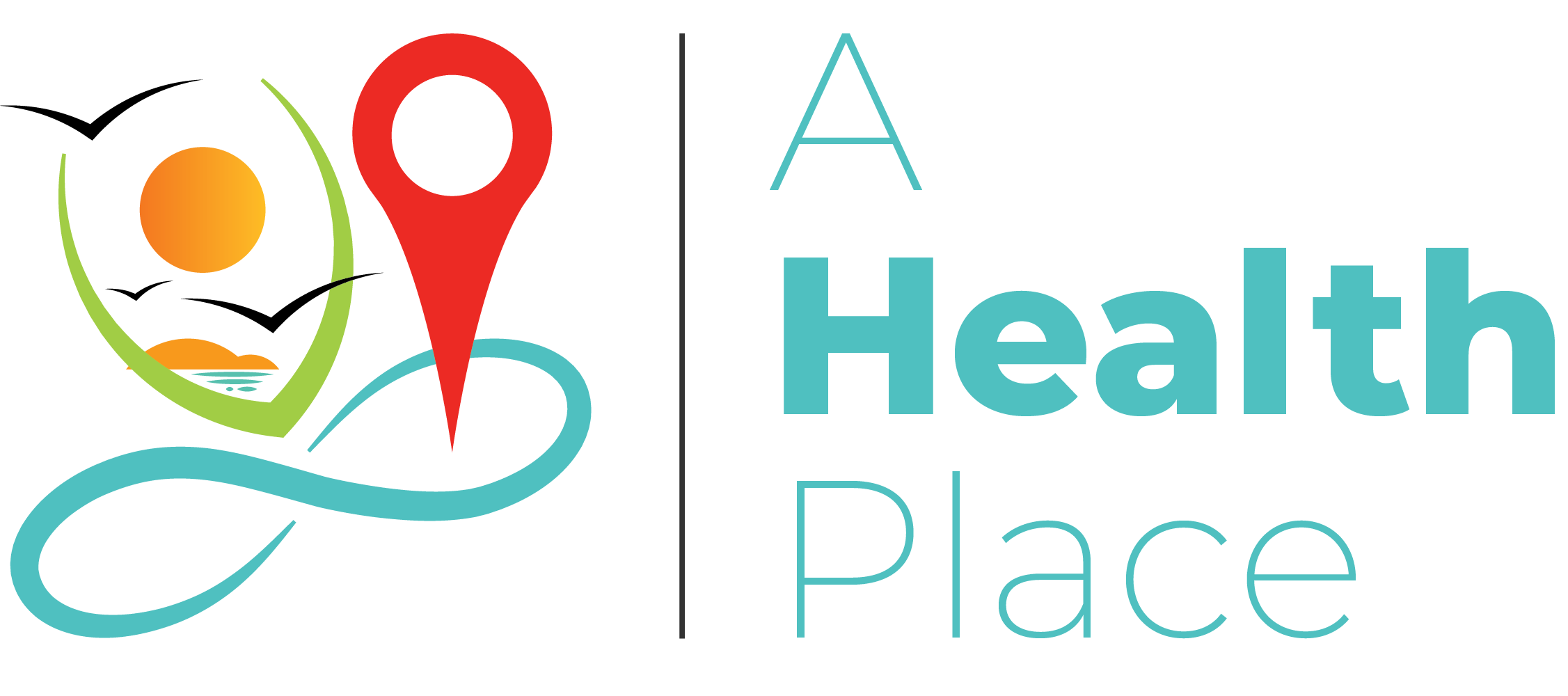PCOS stands for the polycystic ovarian syndrome. A lot of times people misnomer that this is a cyst on the ovary, which is not the case. In PCOS there is an excess of hormones. It tends to see elevated levels of androgens, specifically testosterone, as well as estrogen. So, there is an interference between the talk of the brain and the ovary that does not allow for normal ovulation to happen. These patients present with irregular cycles, so they’ll bleed once every three or four months. They can also present with other signs and symptoms, like acne, hair loss, or weight gain et al. it’s a multi-factorial disease that presents with varied clinical signs and symptoms.
Now to answer the biggest question, YES, patients can conceive naturally with PCOS. The first thing that is important to understand is that not all women with PCOS don’t ovulate. Some women ovulate infrequently, and it only takes one ovulation to get pregnant. So sometimes no treatment is required. In other patients, a small modification in lifestyle with a better diet and exercise can help them to lose some weight, and they then start to ovulate more regularly and get pregnant.
If after six cycles of ovulation, or in cases where the partner has a bad sperm count, the doctors may sometimes suggest more advanced treatments like IVF. The good news is that people with PCOS do well when they have IVF treatment because they have so many eggs, so doctors get more eggs and more embryos to work with. So generally, there are lots of options and the treatment is highly successful.
In the last few years, the diagnosis of PCOS has changed and the three diagnostic criteria, which were introduced in 2002, include polycystic ovaries, which are ovaries with lots of eggs or follicles. It includes irregular periods or absent periods, and it includes symptoms and signs of high testosterone which might be adult acne or the development of coarse body hair. You need two of these diagnostic criteria to have PCOS.
Furthermore, because of the new diagnostic criteria, the prevalence has gone up a lot. About one in six women have this condition. If it’s that common, then it is a part of reproduction and life and that is why it gets important to understand the condition.
Over the years we’ve learned that we have underdiagnosed the condition and in the old days, there were a lot of stigmas associated with PCOS about the rate of miscarriage, being obese, and all these sorts of things that society, in general, does not approve of. And because of this, doctors were reluctant to recognize PCOS as PCOS. But if someone has it then we should diagnose it and we should deal with their problems like the doctors do nowadays.
Another thing that is fascinating to realize is that, as women get older, PCOS changes, and you present in a way that you present in a certain way now, but things might be quite different in the future, and that is a good thing to know. As women get older, they have fewer eggs in the ovaries and the PCOS that was strong with the symptoms in the younger years becomes lesser. So, the period becomes regular, and that’s a good thing.
We should also mention that not all patients with PCOS are overweight, there are a lot of slim women who have PCOS. In the old days being overweight of also a symptom of having PCOS. So, unless you were overweight, you were generally not diagnosed with PCOS. But we realize now that just as many slim women have PCOS and around the world if you look at Asian countries, Europe, were all a bit different in how our body shape is and how much we weigh, and our body mass index changes. So that’s important, not to generalize. In the era of modern medicine, we shouldn’t generalize and that is the important thing we have learned over the years.
We also feel the need to mention that polycystic ovaries and ultrasound, which is how we diagnosed polycystic ovaries, don’t always equal polycystic ovaries syndrome. So, there are many women with polycystic ovaries, especially when they’re younger, who never have a symptom of polycystic ovary syndrome, and this is something that medical science has clarified over the years. In the last 20 years, things have changed and will continue to change. As we are all individuals it is important not to generalize too much and target any treatment to the individual patient.











Discussion about this post